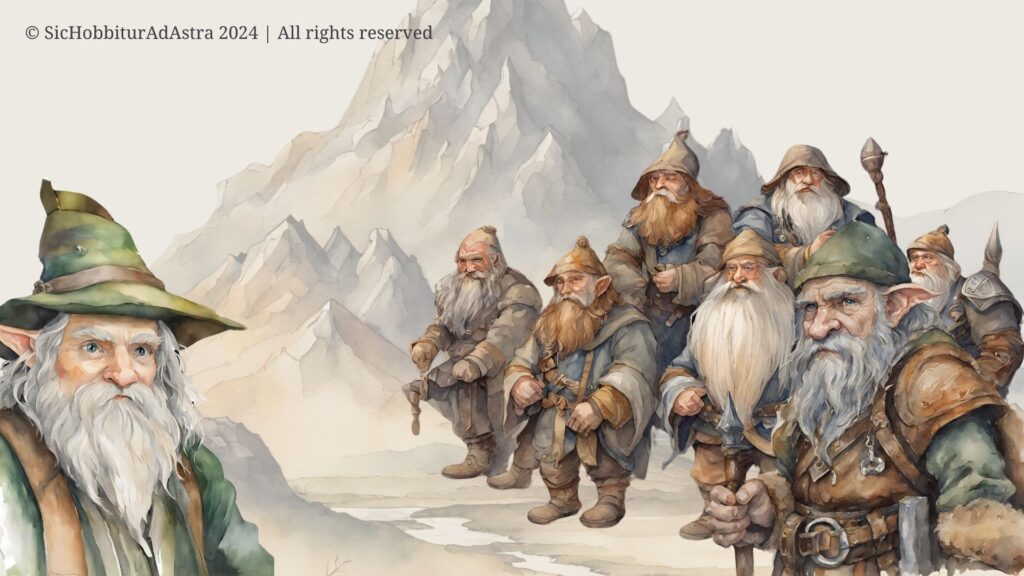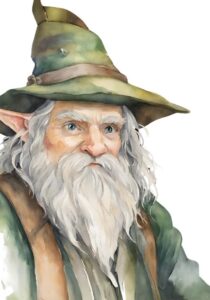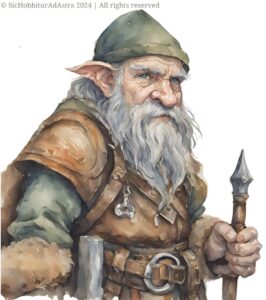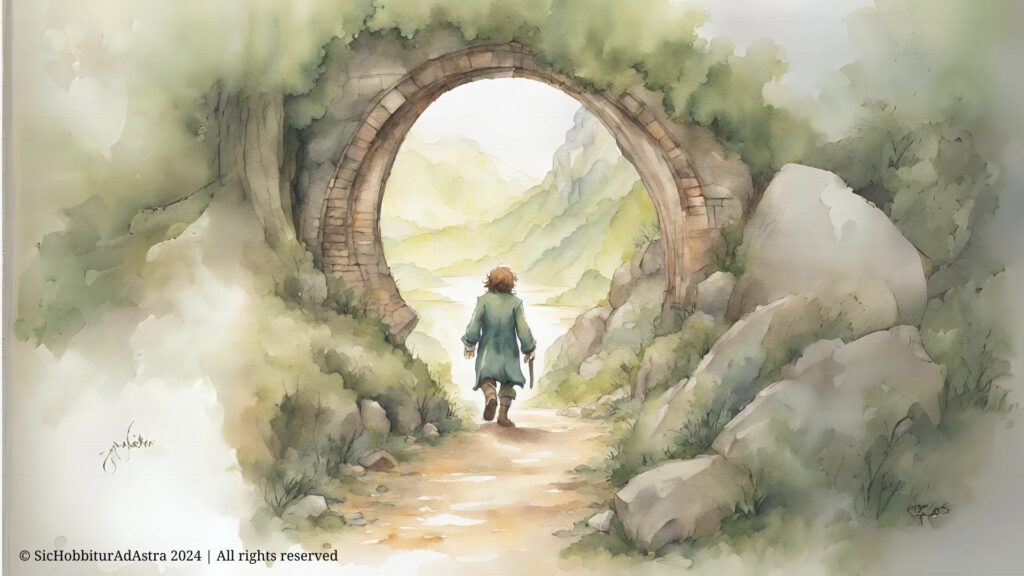
There are books that stay with me long after I’ve finished reading them, and The Hobbit is one of those. Every time I return to it—whether on my own or with my students—I discover something new. Among all, I am always struck by the way Tolkien portrays friendship lessons in The Hobbit with such depth and honesty: this story of dragons and dwarves, of hobbits and perilous roads, offers some of the most profound lessons on what it really means to walk alongside someone. Teaching middle schoolers, I see every day how important friendship is in their lives, how it shapes their identity and gives them courage. Reading Bilbo’s journey together becomes a way to talk not only about literature, but about life.
Bilbo’s Reluctant Start: Comfort vs Adventure
At the beginning of The Hobbit, Bilbo Baggins is the last person you would expect to become the hero of an adventure. He loves the comfort of his hobbit-hole, his tea, and his daily routine. The thought of setting out into the unknown, in the company of a band of loud and rather ill-mannered dwarves, is not at all appealing. He is reluctant, hesitant, and deeply tied to the security of home.
Friendship Grows in Unexpected Places
Yet that step beyond the garden gate changes everything. Bilbo discovers, little by little, that friendship often grows where we least expect it. At first, the dwarves are companions he never would have chosen: different, brusque, noisy — in short, not hobbit-like at all. And yet, traveling with them through danger and hardship forces Bilbo to know himself better and, in the process, to discover the meaning of true friendship.
Challenges, Growth, and True Companionship
There are stumbles along the way. Bilbo sometimes tries to protect his own reputation, as when he stretches the truth about his encounter with Gollum. He quarrels with Thorin, standing up to him in moments when pride threatens to tear the group apart. These tensions, however, do not weaken the bond — they deepen it. Friendship, after all, is not born of perfection but of perseverance, forgiveness, and the willingness to share the road even when it is difficult.
The turning point comes in the final chapters, as Thorin lies dying. Bilbo tells him: “I am glad to have shared in your perils, Thorin. It’s been more than any Baggins deserves.” As the Italian scholar Edoardo Rialti has noted, the key word is not perils but your. Bilbo is not thankful for the dangers themselves — they remain unpleasant, frightening, and uncomfortable. What makes the difference is the fact that they were Thorin’s dangers. In other words, Bilbo discovers that the value of the journey lies in the bond with his friend. “I would rather have wept with you than stayed home laughing alone,” Rialti explains.


Lessons for Middle School Readers
For middle school readers, this message resonates deeply. They, too, are learning that friendship often asks us to leave our comfort zones. Friends are not always who we expect them to be, and true bonds are forged not in ease but in the willingness to face challenges together. The Hobbit shows that friendship transforms us: it takes us from self-protection to self-giving, from solitude to shared meaning.
This theme reaches its full flowering in The Lord of the Rings, in the unforgettable friendship of Frodo and Sam. Their relationship embodies the same truth Bilbo discovered: that what makes the perils bearable, even meaningful, is not the journey itself but the one who walks beside us.
Teaching Friendship Through Literature
When I think about teaching literature, this is what excites me most: the way stories can speak to the real questions of growing up. My students might not face dragons, but they do face uncertainty, loneliness, and the search for belonging. Reading The Hobbit together becomes an encounter not just with Bilbo’s story, but with their own journey. And if a book can help a young person see that friendship is worth the risk, worth the quarrels and the tears, then it’s a story worth telling—and retelling—for years to come.
Thanks for walking through these reflections with me — I’d love to hear how you’ve seen your own students connect with the theme of friendship in Tolkien’s works.
Warmly,
Chiara
Post Scriptum: A Tool for Teachers
If you’re looking for a way to explore The Hobbit with your middle school students in a structured and engaging way, I’ve created a complete teaching bundle that covers the novel from multiple angles. It includes activities for character analysis, theme exploration, creative writing, and final assessments—everything you need to guide students through Bilbo’s journey while encouraging them to reflect on the deeper meanings of the story.
You can find it here:



